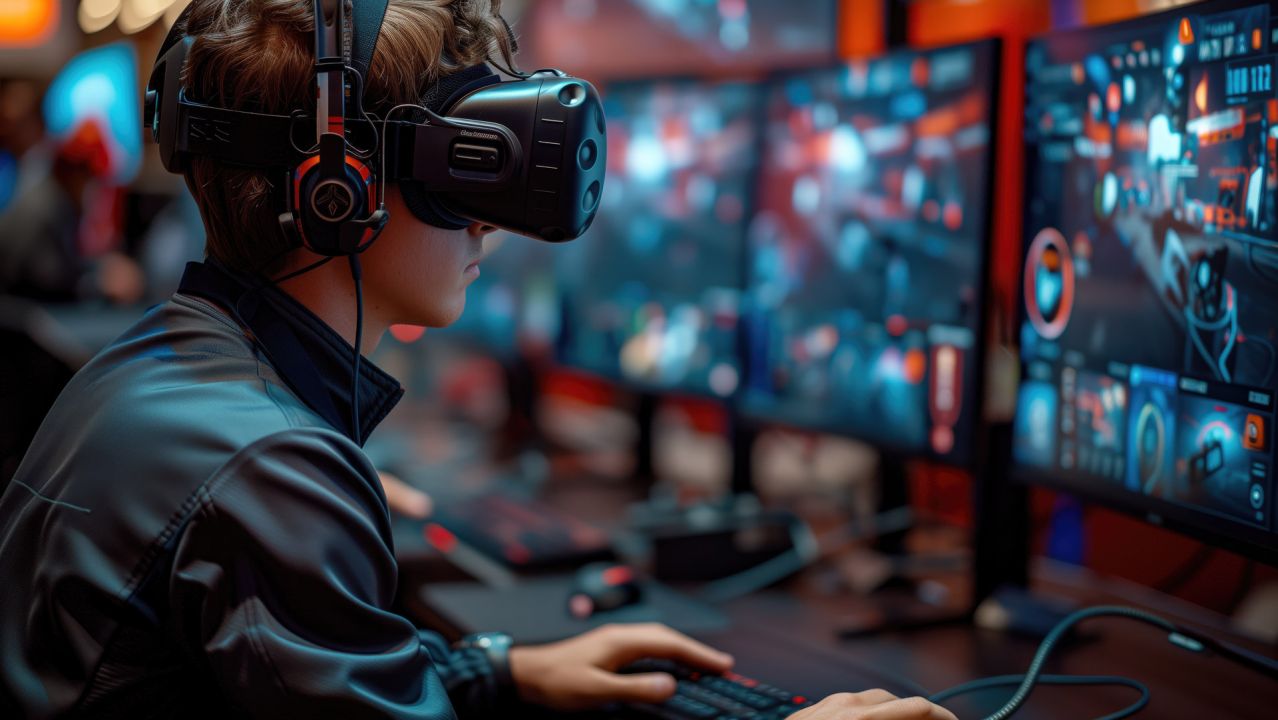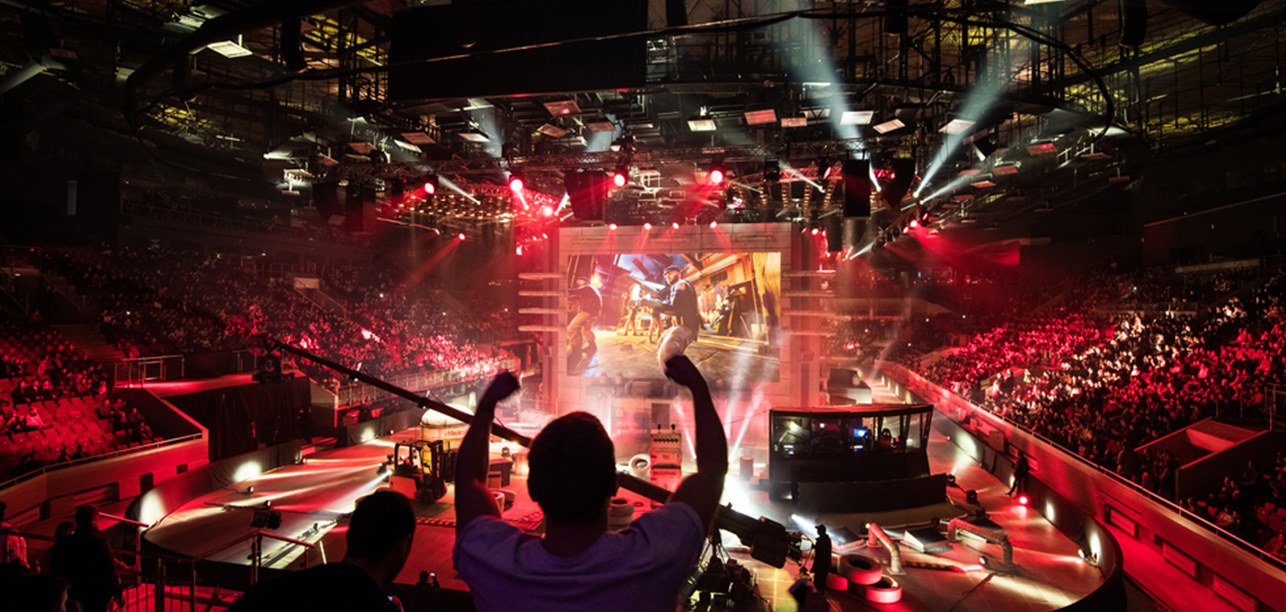
How the Meta Shapes Competitive Gaming Strategies
In the dynamic world of esports, the term meta is frequently tossed around in discussions, forums, and strategy sessions. But what exactly does it mean, and why is it so crucial to competitive gaming? The “meta,” short for metagame, refers to the prevailing strategies, tactics, and character selections that dominate a game at any given time.
For competitive players and teams, understanding the meta isn’t just an advantage—it’s a necessity. The meta evolves based on developer patches, player discoveries, and tournament trends, creating a constantly shifting battlefield. A champion, weapon, or strategy that was dominant last month may become obsolete after a game update.
This blog delves into the intricacies of how the meta shapes competitive gaming strategies, the impact of game patches, and the best strategies for staying ahead. Whether you’re a professional player, an aspiring esports athlete, or an avid spectator, mastering the meta is key to understanding the game at its highest level.
Key Benefits: Why the Meta Matters in Esports

The esports game meta is not just a buzzword; it is a pivotal element that influences the outcome of matches and tournaments. At its core, the meta reflects the most effective way to play a game at any given time.
1. Optimized Performance
Players who align their strategies with the current meta are more likely to perform optimally. Esports games are highly competitive, and small advantages—like playing a slightly overpowered champion in League of Legends or using a high-tier weapon in Valorant—can make a huge difference in a match’s outcome.
2. Competitive Edge
Teams that swiftly adapt to meta changes gain a competitive edge over those slower to react. Many esports tournaments are won not just by raw skill but by strategic preparation and adaptation. The best teams anticipate meta shifts and adjust their training accordingly.
For example, in Dota 2, certain heroes may rise in priority due to buffs or synergy with a new strategy. Teams that identify these shifts early gain an advantage in drafts and in-game execution.
3. Strategic Depth and Innovation
The meta isn’t just about following trends—it also invites creativity. While some players stick rigidly to the established meta, others innovate, creating new strategies that redefine competitive play.
For instance, the “GOATS” meta in Overwatch—which emphasised a triple-tank, triple-support composition—dominated the competitive scene until teams figured out effective counter-strategies. Players who understand the meta’s evolution can break it and create new winning formulas.
Step-by-Step Guide: How the Meta Evolves and How to Adapt
To truly grasp how the meta shapes competitive gaming strategies, one must understand the cyclical nature of meta evolution and the role of game patches.
1. Understanding Meta Evolution
The meta is never static; it changes as developers release patches, players innovate, and new strategies emerge. Here’s how you can stay ahead:
A. Stay Informed
- Read official patch notes and analyses from reputable esports sources.
- Watch professional tournaments to see how the best players are adjusting to changes.
- Follow high-ranked streamers and analysts who break down new strategies in real time.
B. Analyze Trends and Counterplays
- Identify which champions, weapons, or mechanics are dominating the competitive scene.
- Look at counter-strategies emerging to combat these trends. Often, a direct counter to the dominant strategy becomes the next meta.
C. Experiment and Innovate
- Don’t just follow the meta—try new approaches in scrims (practice matches) or ranked games.
- Many game-changing strategies started as experimental ideas. For example, eco-round strategies in Counter-Strike evolved over time due to teams optimising low-economy rounds.
2. The Impact of Game Patches on the Meta
Game patches play a critical role in meta evolution. Developers release updates to balance characters, weapons, or mechanics, forcing players to adapt.
A. The Three Types of Patches That Shape the Meta
- Buffs and Nerfs – Some champions or weapons become stronger, while others get weaker. This directly impacts pick rates.
- New Additions – The introduction of a new character, weapon, or item often shifts the meta as players discover its strengths and weaknesses.
- Systemic Changes – Major updates that alter game mechanics (such as League of Legends changing jungle XP or Valorant tweaking movement accuracy).
B. How to Adapt to Game Patches
- Immediate Analysis: Read patch notes and understand what has changed.
- Test in Practice: Play with and against the updated mechanics before jumping into competitive matches.
- Learn from Pros: Watch how professional players adapt to balance changes in tournaments.
Common Pitfalls to Avoid in Meta Adaptation

While understanding and adapting to the meta is crucial, players often make mistakes in their approach. Here are some pitfalls to avoid:
1. Overcommitting to the Meta
Some players rely too heavily on the current meta and ignore alternative strategies. While playing within the meta is important, complete dependency on it can make a team predictable.
2. Ignoring Patch Notes and Pro Scene Trends
Players who neglect patch notes often find themselves struggling to understand why their once-powerful strategies no longer work. Similarly, ignoring the professional scene can lead to missing out on game-changing trends.
3. Failing to Balance Flexibility and Specialization
- Flexibility is key – Being able to switch to different characters or tactics based on the meta is crucial.
- However, overextending is a risk – Trying to master every meta-shift without specialising in a core set of strategies can lead to inconsistency.
Advanced Insights: Mastering the Meta at a Pro Level
For those looking to reach the highest levels of competitive play, here are expert-level strategies:
1. Predicting Meta Shifts Before They Happen
- Watch for developer hints—sometimes, small tweaks foreshadow larger changes in upcoming patches.
- Track high-level discussions in gaming communities where top-tier players and analysts share predictions.
- Test experimental strategies before they become mainstream—being an early adopter of a new meta gives a huge advantage.
2. Studying Cross-Game Meta Trends
- Many esports titles have overlapping meta principles. For example, positioning and map control are critical in both Counter-Strike and Valorant.
- Watching different games can provide insights into universal competitive strategies that apply across genres.
3. Developing Team Synergy for Meta Success
- Teams that communicate well can adjust to meta changes faster.
- High-level teams often have dedicated analysts and coaches to break down meta-shifts and optimise strategies accordingly.
The Meta is a Living, Breathing Battlefield

The esports game meta is a dynamic and ever-evolving aspect of competitive gaming. By understanding how game patches change the meta and employing the best strategies for competitive play, players and teams can gain a significant advantage.
But remember—the meta isn’t just something you follow. It’s something you can shape. By innovating, experimenting, and staying ahead of trends, you could be the next player or team to redefine how the game is played.
What are your thoughts on the current meta in your favourite esports game? Have you noticed any emerging strategies or trends? Share your insights in the comments!


